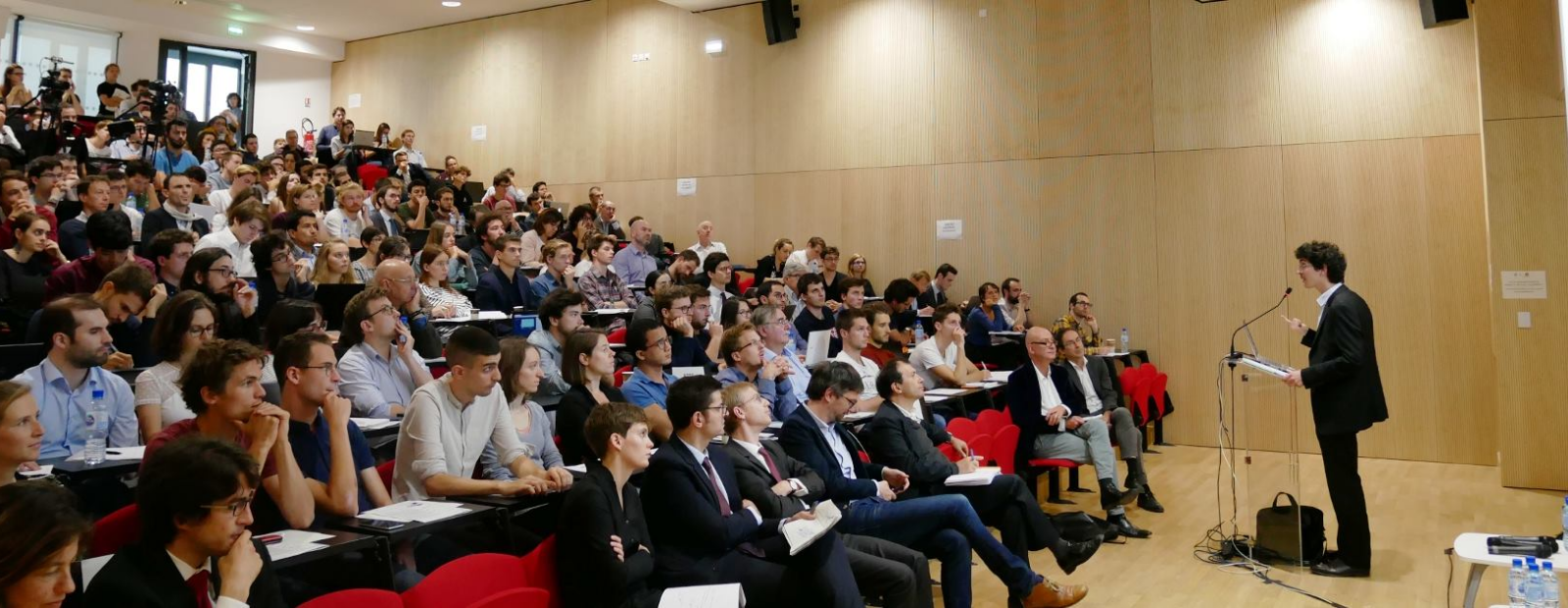Publié en

Hillel Rapoport
Directeur des relations internationales de PSE
Professeur titulaire d'une chaire à PSE et porteur de la Chaire Économie des migrations internationales
CV EN ANGLAIS- Professeur des Universités
- Université Paris 1 Panthéon-Sorbonne
Groupes de recherche
- Chercheur associé à la Chaire Économie des migrations internationales.
THÈMES DE RECHERCHE
- Commerce, migrations et développement
- Démographie et migrations
- Économie politique et institutions
Contact
Adresse :48 Boulevard Jourdan,
75014 Paris, France
Campus :
Campus Jourdan
Étage : 6
Bureau : 13
Déclaration d’intérêt
VOIR LA DÉCLARATION D’INTÉRÊT
Publications HAL
-
How Do Immigrants Promote Exports? Article dans une revueRevue : Journal of Development Economics
-
The Vicious Circle of Xenophobia: Immigration and Right-Wing Populism Pré-publication, Document de travail
Publié en
-
Forthcoming : Macroeconomic Instability, Migration, and the Option Value of Education Chapitre d'ouvrageÉditeur : Bar-Ilan University Press
Publié en
-
Free Trade Agreements and the movement of business people Article dans une revueRevue : Journal of Economic Geography
Publié en
-
Free Trade Agreements and the movement of business people Pré-publication, Document de travail
Publié en
-
-
Migration and Knowledge Diffusion: The Effect of Returning Refugees on Export Performance in the Former Yugoslavia Article dans une revueRevue : Review of Economics and Statistics
Publié en
-
Origin and destination attachment: study of cultural integration on Twitter Article dans une revueRevue : EPJ Data Science
Publié en
-
Birthplace diversity and economic complexity: Cross-country evidence Article dans une revueRevue : Research Policy
Publié en
-
Foreword for special issue of Journal of Economic Geography on ‘Immigration in OECD Countries’ Article dans une revueRevue : Journal of Economic Geography
Publié en
